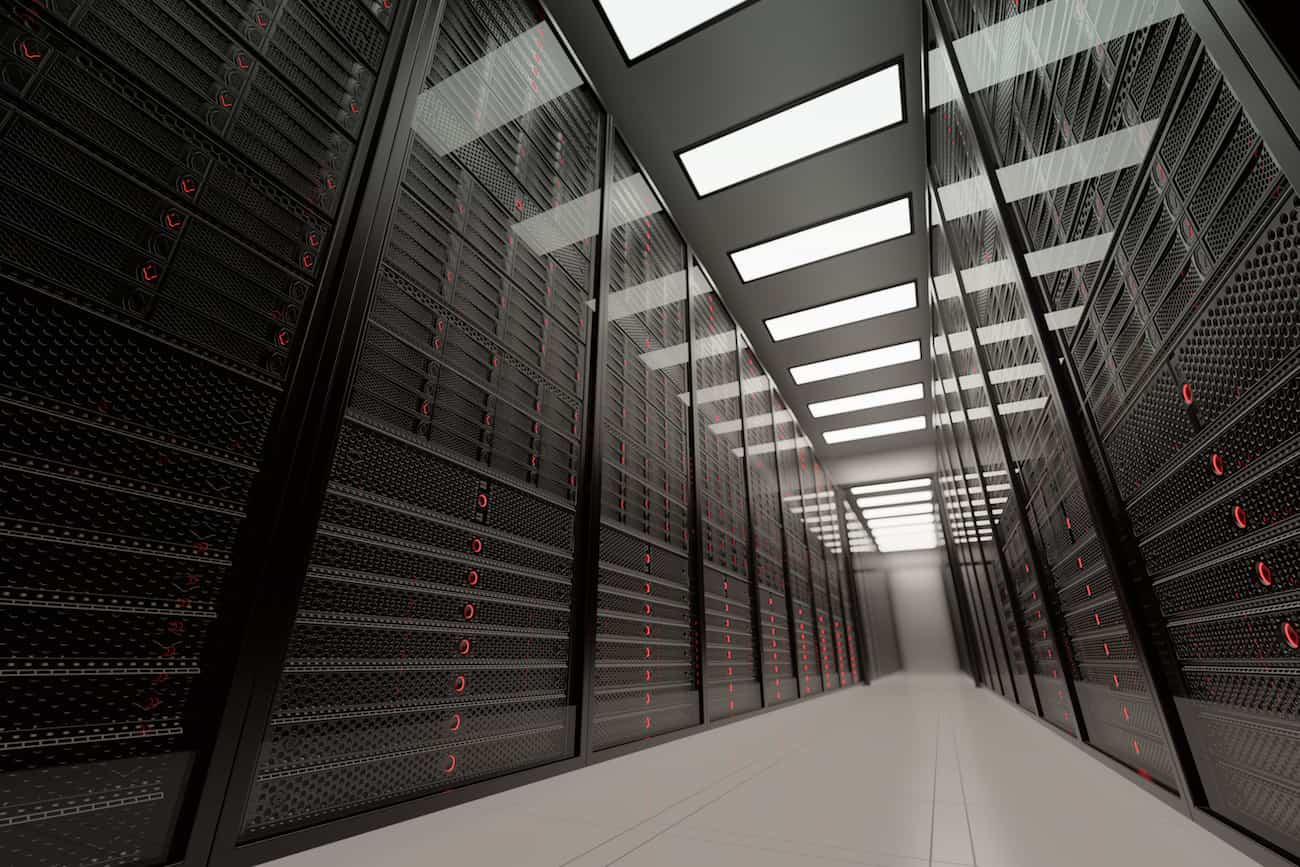Spain is engaged in a race to strengthen the foundations of its digital transformation. Public administrations—from ministries to municipal governments—are investing millions of euros in high-performance servers, storage systems, and edge computing solutions, according to the report “Critical Digital Infrastructure: The New Boost in Servers, Storage, and Edge Computing” prepared by TendersTool, a market intelligence platform specializing in technology procurement.
A country multiplying its digital muscle
The study reveals that in 2024, the technological modernization of administrations advanced “strongly,” driven by the need for more computing power, efficient storage capacity, and intelligent solutions at the network perimeter. These three areas—servers, storage, and edge computing—are now the core of the country’s digital infrastructure, supporting projects in artificial intelligence, advanced analytics, and e-government.
High-end servers dominate the largest investment efforts, accounting for 40% of all public tenders related to IT infrastructure, followed by high-end storage (26%) and hyperconvergence and edge computing systems (11%), which are becoming the way to bring technology closer to the user. Fourth is modular storage (15%), and lastly, HPC servers (8%), dedicated to scientific research and advanced simulation.
“Data is no longer moving to large data centers but is processed where it is generated. This multiplies the speed and security of public services,” explains the report.
Autonomous Communities: engine of public digitalization
The TendersTool analysis shows a clear regional leadership: autonomous communities drove 43% of all tenders, followed by local entities (35%) and the General State Administration (22%).
Although the central administration concentrated projects with greater economic and strategic magnitude, it was the autonomous communities that mobilized the highest total investment, surpassing 80 million euros in 2024, compared to 70 million euros by the GSA. Municipal governments, for their part, provided the necessary reach to ensure digitalization spread across the entire territory.
The report emphasizes that “Spain’s digital transformation is driven from all levels of government,” in a decentralized yet coordinated model that combines regional and national projects.
Madrid and Catalonia, technological hubs of the country
According to the investment map included in the study (page 9), Madrid and Catalonia lead the national ranking of public expenditure on digital infrastructure, with more than 31 million euros tendered each in 2024. They are followed by Andalusia, Galicia, and the Valencia Community, with intense activity related to public service digitalization and local network expansion.
The geographical concentration shows that the main tech hubs in the country are also the drivers of public investment, where institutional capacities, demand for digital services, and mature business ecosystems converge.
Edge computing: the new frontier
The report highlights that hyperconvergence and edge computing projects are those with the highest average contract value, due to their technical complexity: they integrate computing, networking, and storage in distributed environments.
These systems enable real-time data processing in hospitals, weather stations, or rural health centers, bringing intelligence to the network’s edge and reducing latency.
Open and transparent procurement
Another positive aspect: most tenders are processed through open procedures, ensuring competition and transparency in the use of public funds. Simplified contracts and framework agreements are reserved for recurring services or those with lower technical complexity.
This standardization of the public tech market aligns with the European efficiency and fair competition guidelines, according to the study.
Spain building the digital future of the next decade
Overall, TendersTool data show an administration that combines infrastructure consolidation with adoption of emerging technologies. High-end servers provide stability; advanced storage offers resilience; and edge computing fosters innovation.
The result: faster, safer, and more citizen-centric public services.
“Spain is laying the technological groundwork for its coming decade: the systems installed today will support artificial intelligence, telemedicine, and digital education of tomorrow,” concludes the report.
Sources: Report Critical Digital Infrastructure: The New Boost in Servers, Storage, and Edge Computing – TendersTool (2024).

